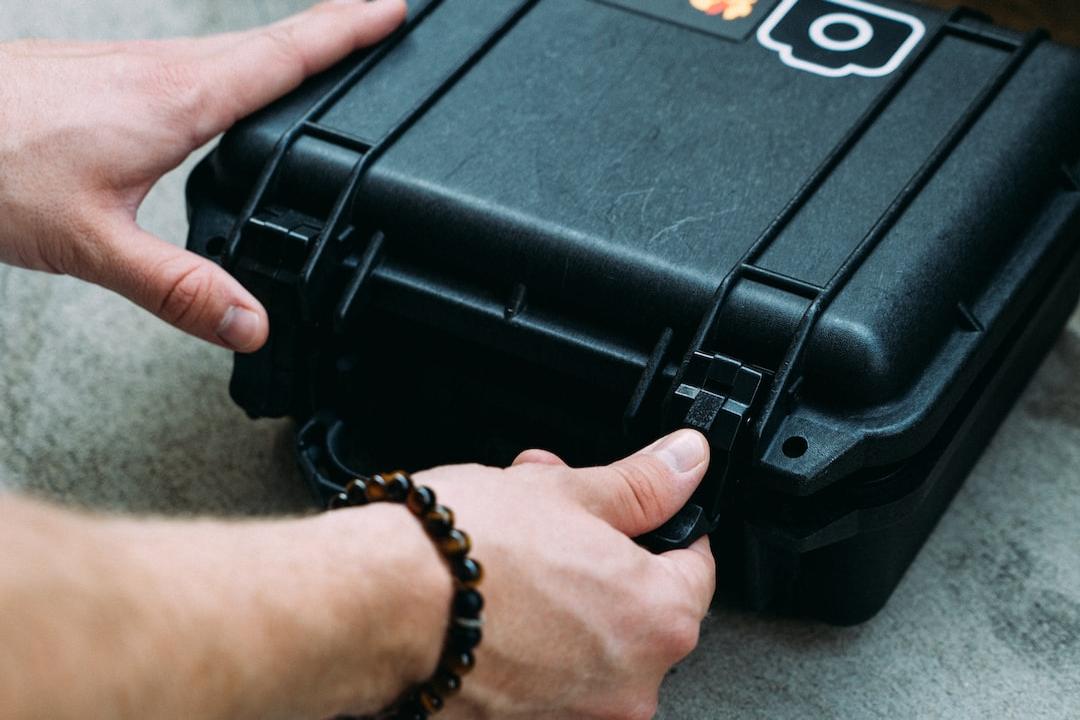Original | Odaily Planet Daily
Author | Nan Zhi

Yesterday, zkSync announced that it will conduct an airdrop next week and open airdrop inquiries. After a 4-year long journey, the interaction finally reached its destination. However, compared to previous Layer 2 solutions like Optimism and Arbitrum, zkSync has a significantly lower percentage of eligible addresses for the airdrop. There are a total of 6,826,968 addresses on zkSync, with only 695,232 qualifying addresses, accounting for approximately 10%. According to community statistics, 9203 addresses received 23.9% of the total airdrop amount.
Subsequently, zkSync officially released the airdrop rules. From the rules, it can be seen that although the airdrop rules are not considered “strict”, they are somewhat unconventional compared to standard criteria, leading to increased community speculation about zkSync’s intentions.
Why are there so few qualifying addresses?
Before zkSync officially announced the airdrop rules, entities like Nansen, TrustGo, and some cryptocurrency influencers had made predictions about the number of airdrop recipients. In TrustGo’s report, 2.9 million addresses met the qualifying score, even under strict criteria, with 2.05 million addresses meeting the requirements. For example, crypto influencer @DefiWimar concluded through an analysis of the ZK Nation website code that there would be 1,650,351 addresses eligible for the zkSync airdrop.
However, the final number of qualifying addresses was much lower than predicted. One of the main reasons for this is that zkSync established relatively unconventional criteria compared to previous standards. Let’s look at a benchmark address provided by TrustGo in a previous report, which ranked around 500,000th in their model:
– Interaction amount: $2.97k
– Cross-chain amount: $3356
– Active months: 11
– Number of transactions: 182
– Unique contract interactions: 27
– Creation duration: 312 days
However, this benchmark address only met one of the 7 essential criteria set by zkSync. Typically, the core criteria for an airdrop would involve the level of interaction, duration, and amount of funds, but zkSync set 7 thresholds, including interacting with 10 contracts, providing liquidity, using Paymaster, transacting with 10 ERC20 tokens, and holding a specific NFT, which excluded many potential recipients.
Although a report compiled by Odaily in April previously indicated that “Paymaster and LIBERTAS OMNIBUS COLLECTION are important differentiating criteria”, the publication date was after the snapshot time.
After passing the initial threshold, zkSync also set innovative conditions for fund retention as a core calculation parameter for the airdrop distribution.
Caught in the controversy of front-running
If the rules were just considered strict or somewhat unconventional, it would still be within the acceptable range for the community. However, zkSync’s series of questionable actions have heightened the skepticism surrounding their intentions.
Opaque decision-making authority
Firstly, zkSync established 7 mandatory conditions, where meeting one of them would qualify for further consideration. However, zkSync emphasized in the rules document that meeting one or more of the airdrop criteria does not guarantee the legal right to receive the airdrop, and all decisions related to the airdrop distribution will be made at the discretion of the ZKSync Association.
This wording greatly fueled the dissatisfaction of community users, with many questioning whether zkSync’s actions were essentially a way to front-run and deprive users of their rightful tokens.
Additionally, at the end of the document, zkSync stated that addresses meeting the airdrop criteria but having less than 450 tokens would have their allocated tokens reclaimed, further exacerbating community conflicts.
Nansen distances itself
After a large number of addresses were excluded from the airdrop eligibility, some users accused Nansen of conducting anti-witch measures and address screening for zkSync, resulting in their loss of eligibility for the airdrop.
In response to these rumors, Nansen immediately published a statement distancing itself from the situation, stating, “We provided Matter Labs with data on specific wallets, such as whale users and known scammers. However, we did not take any anti-witch measures or make recommendations regarding the airdrop distribution itself.”
Suspicious addresses continue to arise, with no direct response from the official sources
Following the public release of the airdrop link, various screenshots flaunting wealth began circulating in the community. However, a mysterious address, 0xF1802d9a70Bdc6F6EffD65d44b33226eE0E6A821, sparked direct questioning from the community. In zkSync’s regular user airdrop, the airdrop limit was set at 100,000 tokens, yet this address received 564,000 tokens. Apart from this address, many low-activity addresses receiving disproportionately high token allocations were also circulating in the community.

In response to this, neither the zkSync official account nor the ZKNation account provided any response. 80 minutes later, the zkSwap Finance ecosystem stepped up to clarify the situation, stating that the address belonged to zkSwap and the tokens were allocated by zkSync for the project’s development. zkSwap emphasized that these tokens would be used for protocol and community development, somewhat alleviating the skepticism.
However, not all questions have been answered. Many known witch addresses that were previously identified still received the zkSync airdrop, including witch addresses from Arbitrum over a year ago and recent ones from LayerZero.
According to witch hunter Artemis, in a post on platform X, a witch user who participated in the Arbitrum airdrop and profited $4.2 million still qualified to receive nearly 1 million ZK tokens with over 3,000 wallet addresses.
Following Artemis’s further investigation, some front-runners obtained over 2 million ZK tokens by depositing the same amount of Ethereum on the same day, with each wallet receiving an average of 15,000 ZK tokens. Most of these accounts were also marked on @LayerZero_Labs’ witch list.
However, similar to the situation with zkSwap, the official accounts did not respond to the skepticism, with only zkSync Alex continuously sharing positive comments about the airdrop.

Resistance voices persist
zkSync’s silence continued to fuel the community’s resistance sentiment, leading to calls today for major exchanges not to list zkSync tokens. The notion of returning the ZK name to polyhedra gradually spread, but the likelihood of zkSync listening to the community and revising the airdrop rules and scope is close to zero.
Looking back at the “fleecing” process, with Starknet’s 0.005 ETH threshold and zkSync’s fund retention calculation rules, the likelihood of receiving a large airdrop simply based on interaction frequency and duration is decreasing, with increasing fund requirements. Essentially, this trend is leading towards a system similar to a capital point system, where the golden age of interaction may come to an end with zkSync.

